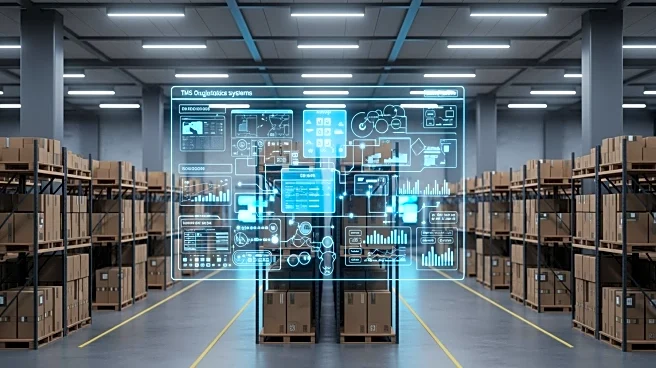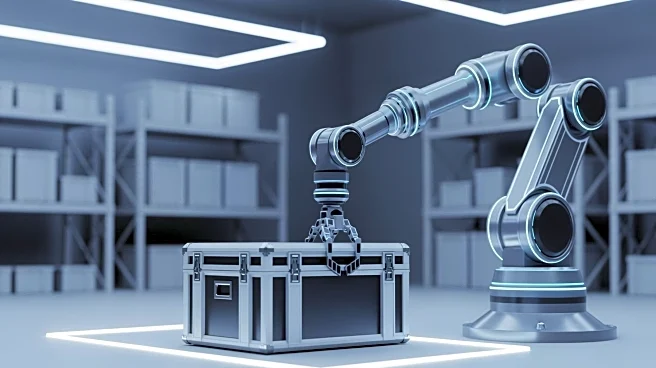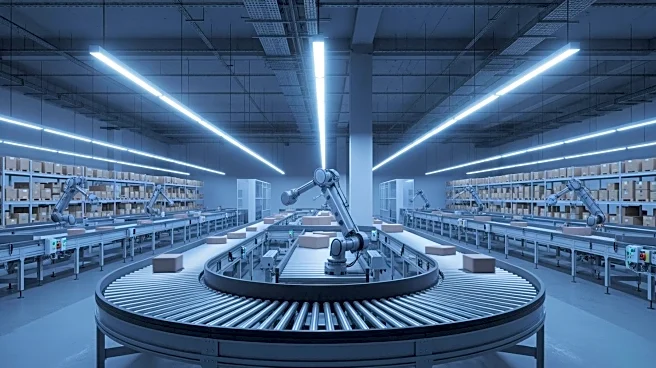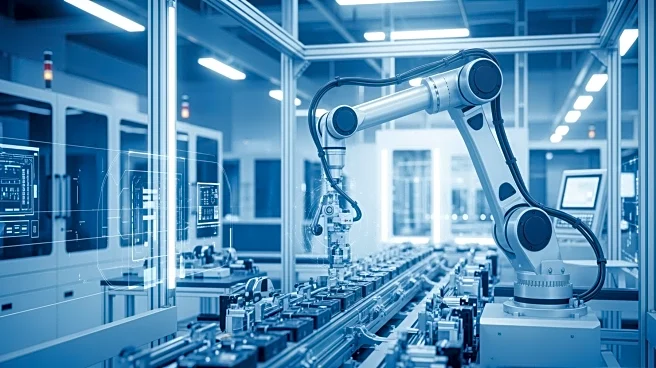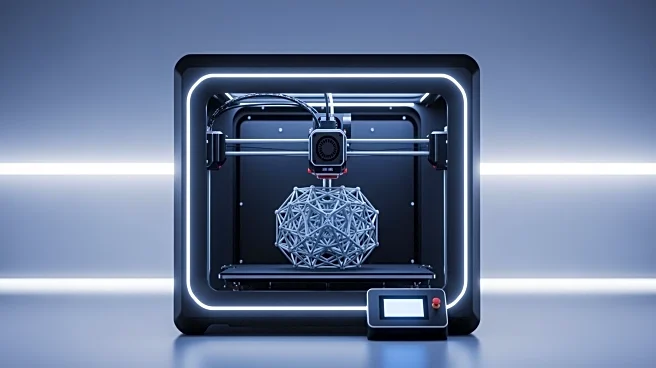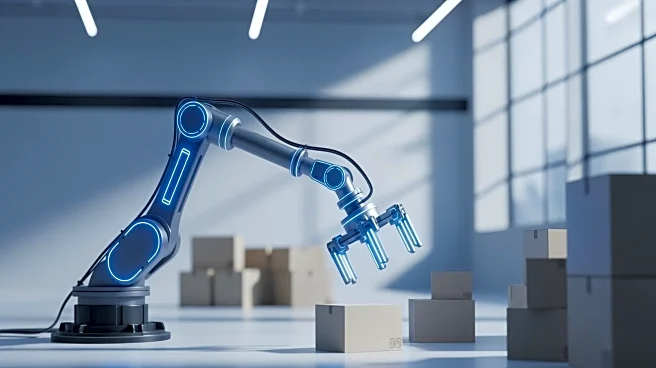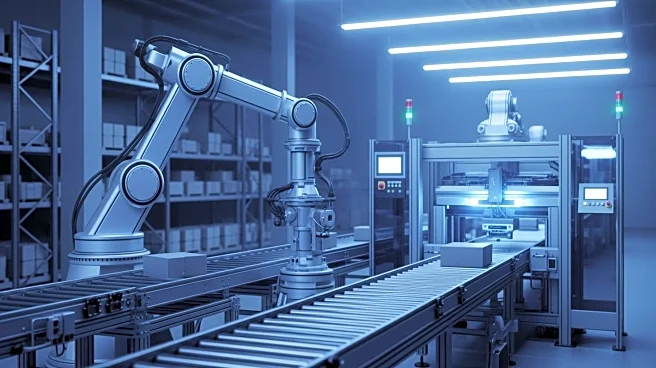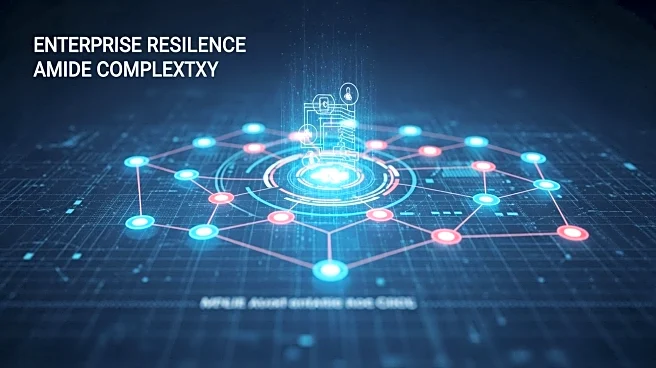What's Happening?
The logistics industry is grappling with inefficiencies caused by outdated transportation management systems (TMS). These legacy systems, designed for a slower and more predictable era, are hindering fleet operations by introducing delays, errors, and missed
growth opportunities. As the industry faces rising costs, fleet consolidation, and labor shortages, the need for real-time visibility and integrated data becomes critical. Manual processes, such as relying on spreadsheets and phone calls, are proving to be liabilities in a fast-paced environment where customer expectations are constantly evolving. The lack of real-time tracking and data integration leaves companies vulnerable to disruptions, such as extreme weather, and unable to provide accurate updates to customers. This has led to a growing divide between fleets that embrace automation and those stuck in manual routines, impacting performance and competitiveness.
Why It's Important?
The inefficiencies caused by outdated TMS systems have significant implications for the logistics industry. Companies that fail to modernize their systems risk losing customer trust and facing competitive disadvantages. The inability to provide real-time visibility and accurate updates can lead to operational disruptions and increased costs. As customer expectations for transparency and speed continue to rise, logistics companies must invest in modern technology to remain competitive. The shift towards intelligent automation is becoming a core strategy for industry leaders, with 81% of logistics leaders identifying it as crucial for the next five years. This transition is essential for improving efficiency, reducing errors, and supporting growth in a rapidly changing market.
What's Next?
Logistics companies are likely to continue investing in modern TMS systems to enhance efficiency and competitiveness. The adoption of intelligent automation and real-time data integration will be key strategies for overcoming the challenges posed by outdated systems. As the industry evolves, companies that successfully implement these technologies will be better positioned to meet customer demands and capitalize on growth opportunities. The focus will be on building resilience and scalability to navigate future disruptions and expand into new markets.
